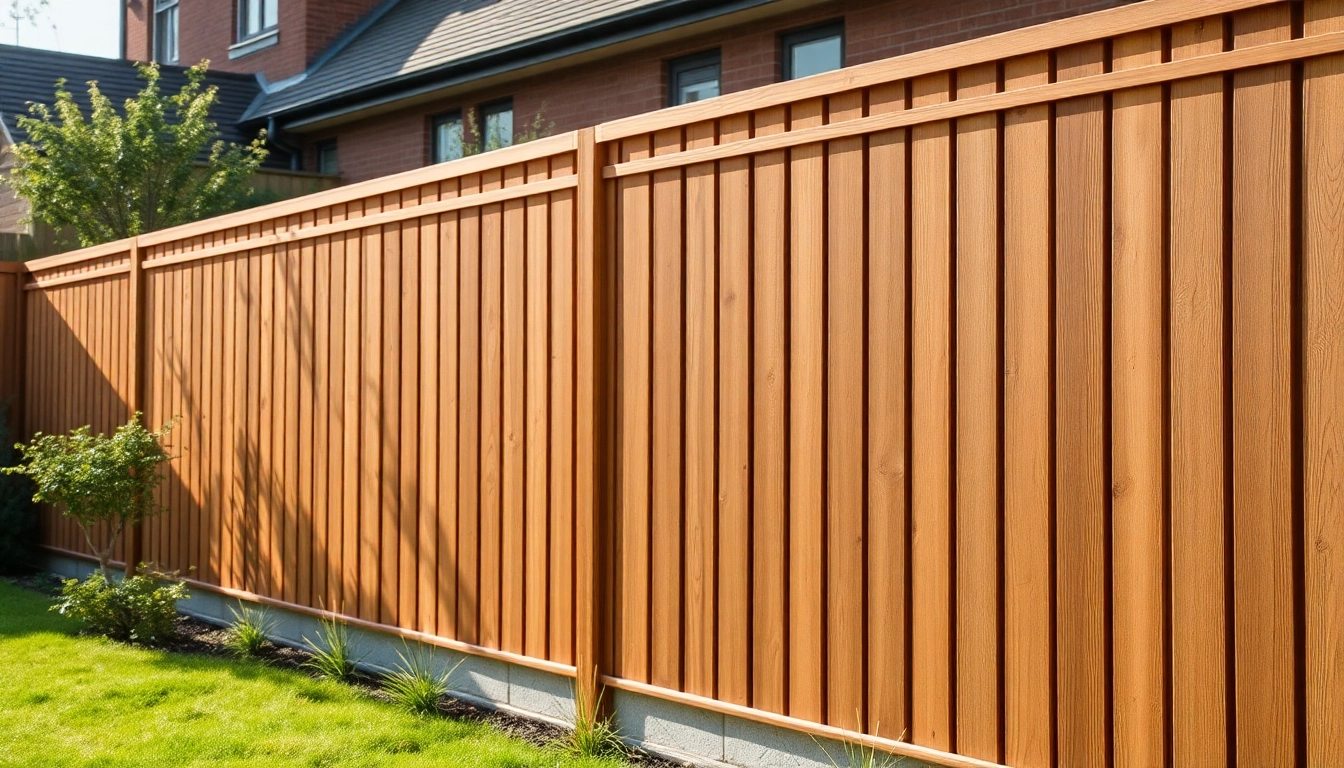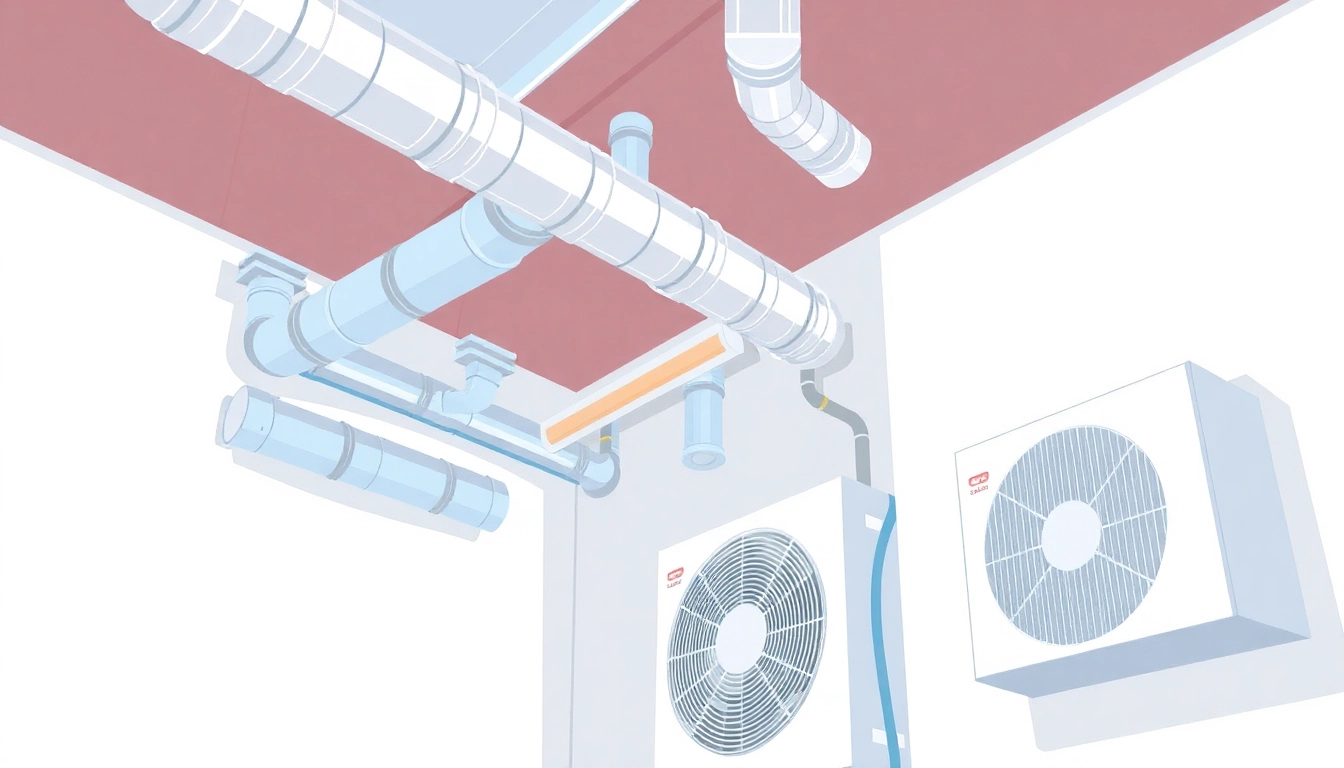Understanding Termite Treatments
Termites are often referred to as “silent destroyers” due to their ability to chew through wood, flooring, and even wallpaper undetected. This unfair nickname underscores the necessity of understanding termite treatments and the potential impact an infestation can have on your property. In this article, we delve deep into what termites are, how they impact homes, the available treatments, and how to effectively manage and prevent infestations.
What Are Termites and Their Impact?
Termites are social insects that play a pivotal role in the ecosystem by breaking down dead wood and returning nutrients to the ground. However, these beneficial qualities can turn destructive when they invade human habitats. The most common types of termites in Australia include:
- Subterranean Termites: These live underground and build large colonies. They are the most destructive and responsible for the majority of termite damage in homes.
- Drywood Termites: Unlike subterranean termites, drywood termites do not require contact with soil and can live in dry wood. Their damage is often less widespread but can still be severe.
- Dampwood Termites: These thrive in damp, decayed wood and are typically found in areas with high moisture content.
The impact of a termite infestation can be catastrophic. They can cause structural damage leading to costly repairs, decreased property values, and safety hazards. A study conducted by the National Pest Management Association reported that termite damage costs homeowners across the United States about $5 billion each year, excluding the cost of preventative measures.
Common Types of Termite Treatments
When dealing with termite infestations, choosing the right treatment is crucial. Here are some common types:
- Liquid Chemical Treatments: This involves applying termiticides to the soil or directly into the wood. Liquid treatments form a barrier that deters termites from entering the property.
- Bait Systems: These consist of bait stations placed around the property. Termites consume the bait, which contains slow-acting insecticides that they bring back to the colony, effectively eliminating it.
- Foam Treatments: Used for localized infestations, foam can penetrate wood and create an effective barrier against termites.
- Heat Treatments: This method involves raising the temperature of the entire infested area to a level lethal to termites without causing damage to the property.
- Electrocution Methods: Newer methods involve using electricity to shock termites, killing them on contact.
Understanding the types of treatments available allows homeowners to select a plan best suited for their needs, considering factors like the extent of infestation, type of termites, and environmental impact.
Signs You Need Termite Treatments
Identifying a termite infestation early can save homeowners from significant damage and repair costs. Here are common signs that indicate you need termite treatments:
- Swarming: Seeing winged termites indoors usually indicates a colony nearby.
- Sawdust Piles: Termites produce pellets from eating wood, often found beneath infested furniture or beams.
- Paint Damage: Termites can create blisters in paint, making it look like water damage.
- Hollowed Wood: Tapping on wood may produce a hollow sound, indicating it is weakened from termite activity.
- Mud Tubes: Subterranean termites build mud tubes to create a protective pathway between their colony and their food source.
If you notice any of these signs, it is advisable to seek professional advice on termite treatments to mitigate damage and avoid future infestations.
Popular Methods for Termite Treatments
Chemical and Bait Systems
Chemical barriers and bait systems are two of the most popular methods in controlling termite populations. Here’s a closer look:
Liquid treatments involve applying chemicals in the soil around your home. The type of chemical used varies, but they generally fall under two categories: repellent and non-repellent. While repellent treatments serve to keep termites away, non-repellent ones persist in the environment, allowing termites to come into contact with them, which reduces their population significantly.
Bait systems, on the other hand, are a proactive approach. These systems typically work over an extended period, which can be both an advantage and a disadvantage. The time taken to see results can lead to some concerns about immediate effectiveness, but many homeowners find that they ultimately lead to a more thorough eradication of infestations.
Natural Alternatives for Termite Control
With the growing awareness of environmental sustainability, many homeowners are seeking natural alternatives for termite treatments:
- Boric Acid: A natural insecticide, boric acid can disrupt termites’ digestive systems, leading to death.
- Orange Oil: Contains d-limonene, which kills termites on contact. It’s beneficial for local infestations.
- Essential Oils: Some essential oils, like neem oil, can deter termites naturally due to their strong scent.
- Physical Barriers: Installing physical barriers, such as metal mesh or sand, may prevent termites from accessing wood within or under your property.
Exploring these alternatives can provide homeowners with effective control options, especially those concerned about chemical exposure.
DIY Termite Treatments: Pros and Cons
Many homeowners consider DIY treatments for termites due to convenience and cost savings. However, there are both advantages and disadvantages to this approach:
- Pros:
- Cost-effective; many DIY treatments are cheaper than professional options.
- Immediate action on minor infestations is possible without delays.
- Greater control over the process and chemicals used.
- Cons:
- Risk of incomplete elimination; ineffective solutions may lead to re-infestation.
- Safety concerns if using strong chemicals without adequate protection.
- Potential for property damage if treatments are improperly applied.
Ultimately, the decision on whether to use DIY treatments should be based on the severity of the infestation, the experience of the homeowner, and their comfort level with potential risks.
Assessing the Effectiveness of Termite Treatments
Measuring Treatment Success Rate
After any termite treatment is applied, it is crucial to measure its effectiveness:
- Follow-Up Inspections: Regular inspections by a pest management professional can quantify success through evidence of active termites.
- Monitoring Stations: If bait systems are employed, these stations can be monitored to gauge termite activity and assess the efficacy of the bait.
- Homeowner Observation: Homeowners should remain vigilant for re-emerging signs of termites, such as mud tubes or sawdust piles, post-treatment.
- Long-Term Management: Evaluating the longevity of treatment can also serve as a measurement. Effective treatments should provide protection for several years.
By regularly monitoring these factors, homeowners can make informed decisions regarding ongoing pest management strategies.
Preventative Measures Beyond Treatments
Treatment alone is often insufficient for long-term prevention of termites. Consider implementing additional preventative measures:
- Reduce Moisture: Termites are attracted to moisture — ensure drainage systems are functioning well and seal any leaks.
- Seal Entry Points: Inspect your home for cracks and crevices, especially around foundations. Seal them to deter termite entry.
- Regular Inspections: Annual professional inspections can catch potential issues before they escalate into costly infestations.
Implementing these measures can significantly lower the risk of future infestations and protect your investment in your property.
Professional vs. DIY: Which Is Better?
The choice between professional treatments and DIY methods can be daunting for many homeowners:
- Professional Treatments: Usually involve trained experts who can assess the severity of an infestation, choose the appropriate methods, and execute treatments efficiently. They also provide warranties and follow-up services.
- DIY Methods: Can be beneficial for minor issues or preventive measures. However, they lack the thoroughness and expertise many infestations require.
Ultimately, serious infestations often necessitate professional intervention, while minor preventative measures can be efficiently managed by homeowners.
Cost Factors for Termite Treatments
Average Cost Breakdown
The costs associated with termite treatments vary significantly based on the severity of the infestation, the treatment method chosen, and geographic location. Here’s a typical range for different services:
- Inspection Fees: Many pest control companies offer free initial inspections, but some may charge between $100 to $300 for more comprehensive evaluations.
- Liquid Treatments: Average costs range from $500 to $1,200 for a standard-sized home.
- Bait Systems: Installation can cost between $1,000 and $2,500, depending on the number of stations required.
- Fumigation: Large scale infestations requiring fumigation may cost upwards of $1,500 to $4,000, depending on the size of the property.
Although these costs can seem high, they are a small price when compared to potential structural repairs if an infestation is left unchecked.
Factors Influencing Treatment Costs
Several factors can influence the overall costs of termite treatments:
- The Level of Infestation: Higher levels of infestation necessitate more advanced and costly treatment methods.
- Type of Treatment: Different methods come with different price tags, with bait systems generally being more expensive than liquid treatments.
- Home Size and Layout: Larger homes or those with complex architectural features may incur higher costs due to the extra effort involved in treatment.
- Geographic Location: Costs can vary widely between regions, influenced by local market conditions and termite species common in the area.
Understanding these factors can help homeowners make more informed decisions and better budget for termite treatments.
Insurance and Treatment Agreements
Many homeowners have valid queries surrounding insurance coverage for termite treatments. Here’s what to know:
- Homeowners Insurance: Most standard homeowners’ insurance policies do not cover termite damage. It is crucial to read your policy and check if pest control coverage is offered.
- Treatment Agreements: Some pest control companies offer agreements for ongoing services, including regular inspections and treatments at a reduced rate. These agreements can facilitate lower overall expenses by preventing infestations from escalating.
Engaging in discussions with pest control professionals can clarify options available based on individual circumstances and coverage.
Future Trends in Termite Treatments
Innovative Technologies and Methods
The field of termite management is evolving rapidly, with emerging technologies paving the way for better detection and treatment strategies. Some promising trends include:
- Smart Monitoring Systems: Technologies enabling real-time monitoring and notification of termite activity can alert homeowners before infestations become serious.
- Drone Inspections: Drones can conduct inspections in hard-to-reach areas, providing clearer insights into potential infestations.
- Advanced Chemical Developments: Innovations around less toxic and more effective insecticides are being explored, minimizing environmental impact while enhancing efficacy.
These advancements promise a future where termite management becomes more efficient, less invasive, and more environmentally friendly.
Integrating Eco-Friendly Solutions
With an increasing emphasis on sustainability, eco-friendly solutions are gaining traction in termite treatments:
- Biological Pest Control: Utilizing nematodes and other natural predators to combat termite populations.
- Natural Deterrents: Expanding the use of plant-based products and organic materials that are less harmful to the ecosystem.
- Construction Innovations: Building with naturally resistant materials or protective barriers can reduce the likelihood of future infestations.
These solutions showcase a commitment to finding effective ways to manage pests responsibly.
The Future of Pest Control Regulation
As pest control continues to evolve, regulations are also adapting to accommodate new methods and materials. The future will see:
- Stricter Regulations: Increasing focus on chemicals used in pest control to ensure public safety and environmental protection.
- Transparency in Treatments: Consumers may expect clearer communication about the methods used and their environmental impacts.
- Continued Education for Professionals: Ongoing training and updates on the latest technologies will become a necessity for pest control professionals to stay compliant and effective.
As the landscape of pest management transforms, staying informed about regulations can lead consumers to make better decisions regarding termite treatments.



